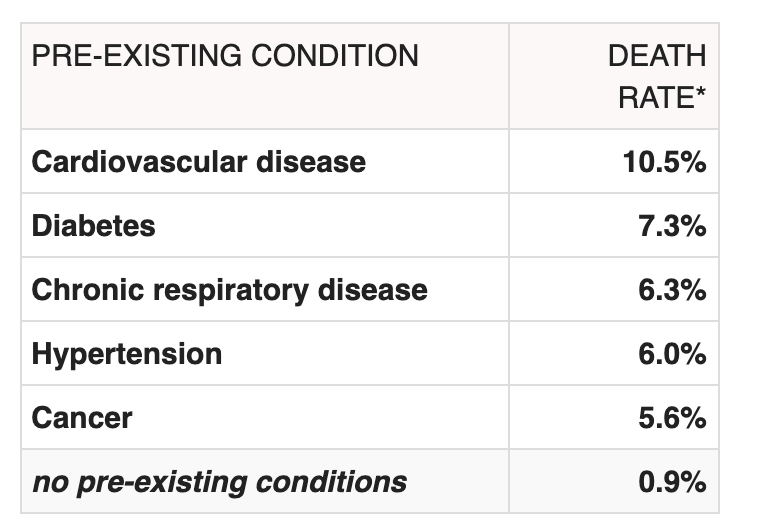Actually, staying in place could only prolong how long we have to deal with the virus and spawn a rehash at a later date as not enough people will have been infested to build immunity. Italy may ultimately come out of this better off than many of the rest of the nations.
Prolonging "how long we have to deal with it" is actually the goal. By spreading it out over a longer period of time, you have about the same number of eventual infections, but the goal is to ensure that at any time, the number of currently infected people is kept below the capacity of our medical system. So, Italy, which was overrun and above peak capacity, will probably deal with it for a shorter period of time, but, because peak numbers exceeded capacity, the death rate there will be much higher than here.
Italy is a tough comparison. It’s one of the countries with a larger percentage of older, more vulnerable people. Stats can be misused. Maybe one in a thousand high school players in Mike Trout’s graduating class had a shot at pro ball. But Mike Tout’s odds weren’t 1/1000.
Italy is sort of a worst case scenario (given their poor demographics) of what 10 days in our future looks like, if we do what they did. For right now that looks like a running 10 day projection, though it looks like we might actually be "catching up" on that rate, which is bad.
South Korea's something like the best case scenario of what a day in the future looks like. Though we're so far behind that curve it's not that instructive for the US at this stage.
Problem is, we're not doing anything like what SK was doing, and we're not really doing as much as Italy was at the same point in time, at least not universally. And, in spite of the worse demographics in some respects in Italy, we've got our own issues with lack of general health in more vulnerable portions of the population and demographics with the level of travel that we had going on within the US during the period in question.
Infection rate in the US (to the extent we can actually measure it given lack of testing) is running ahead of where Italy was at the same point in the process now, FWIW. Italy's rate of growth in infections has begun to slow, but doesn't yet appear to have hit an inflection point.
I'd be astounded if there aren't at least 6 figures of infections in Italy before this is done, and the US will very likely follow at least that far.
Realistically, given what we know about mortality and doubling rates already, it's nearly a certainty that there are already at least a half million infected in Italy, the vast majority of which have gone undetected.
FWIW, you can know if the measures that are being taken are working when the rate of increase in cases from day-to-day starts really decreasing.
If you're picking a thing to be concerned about in the future at this stage, you should probably be more concerned about what school's going to look like in the fall than at any point in the remainder of this school year. And cross your fingers and hope this thing turns out to be really seasonally affected.

